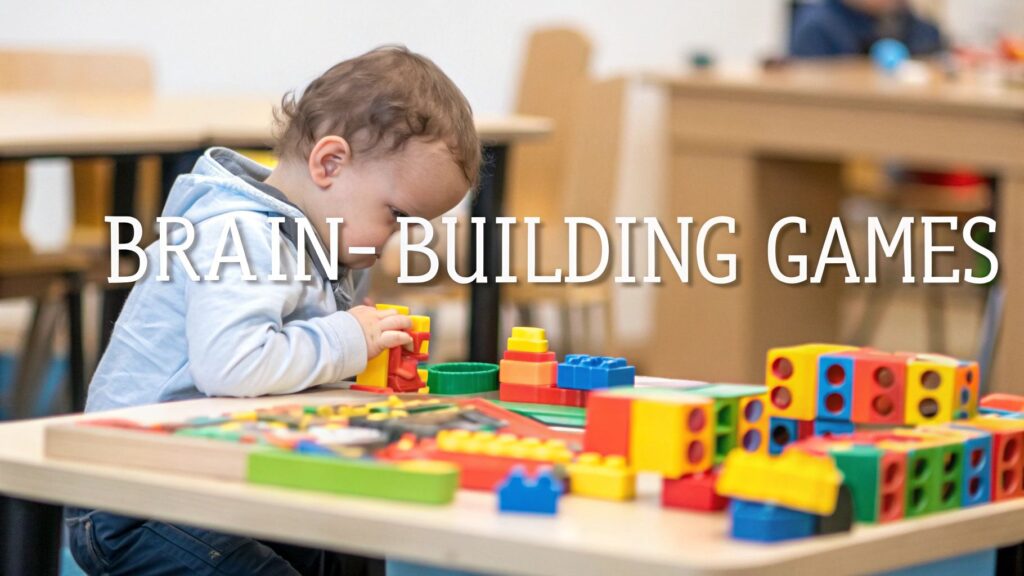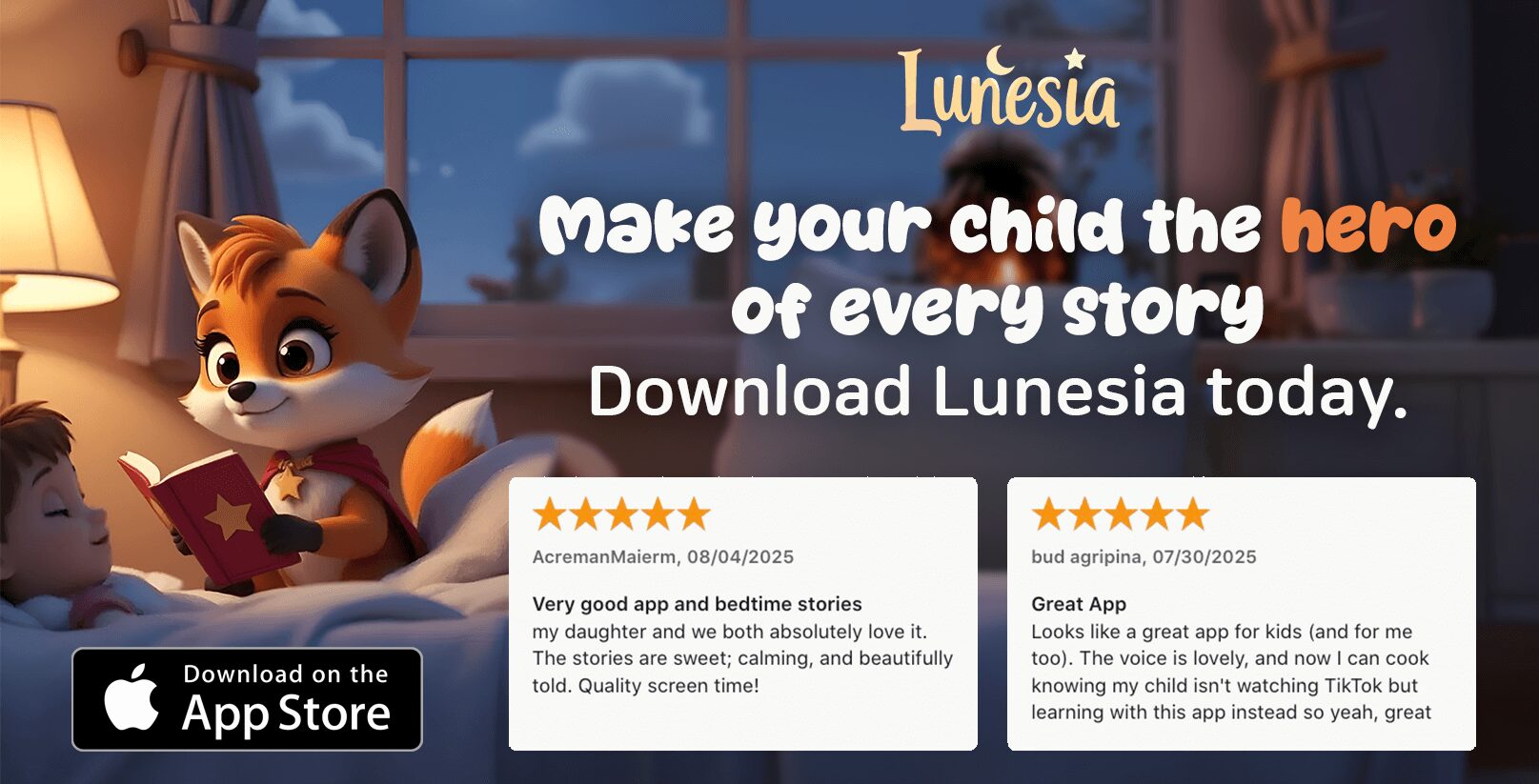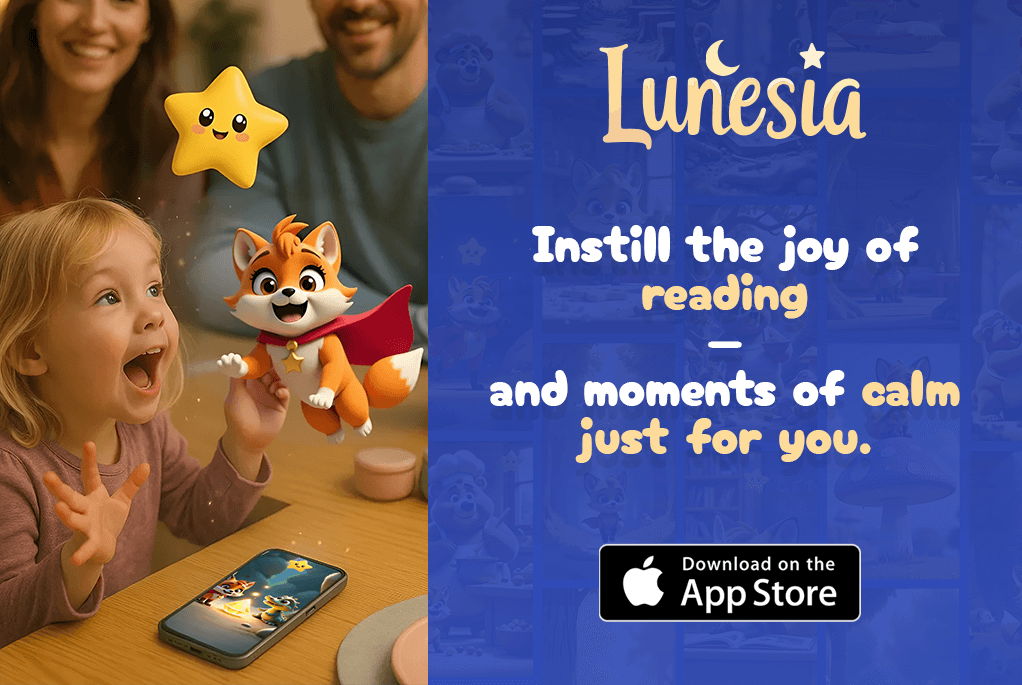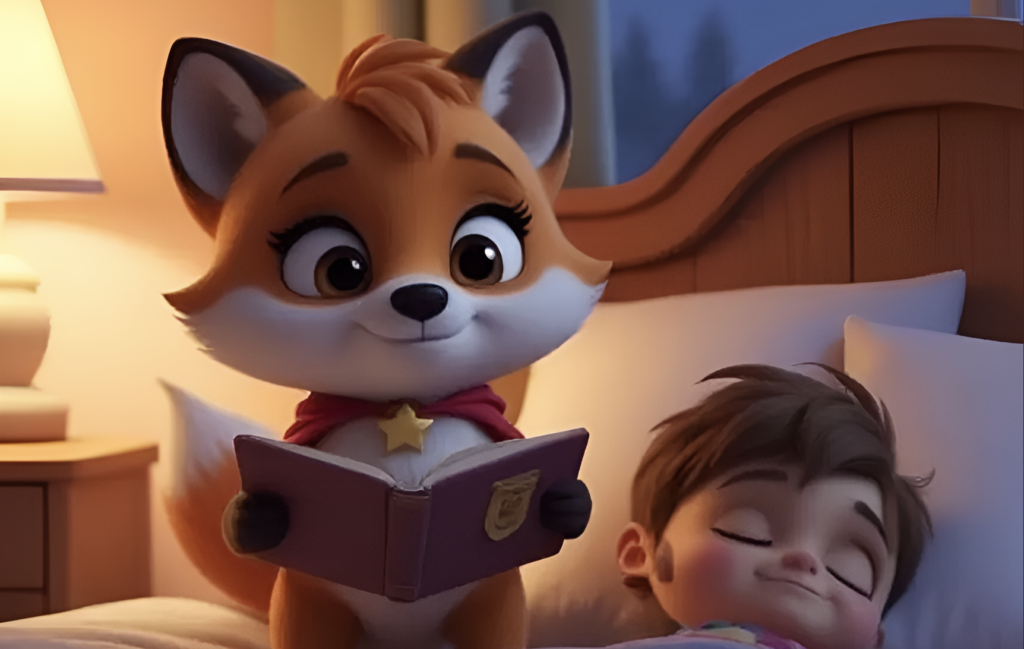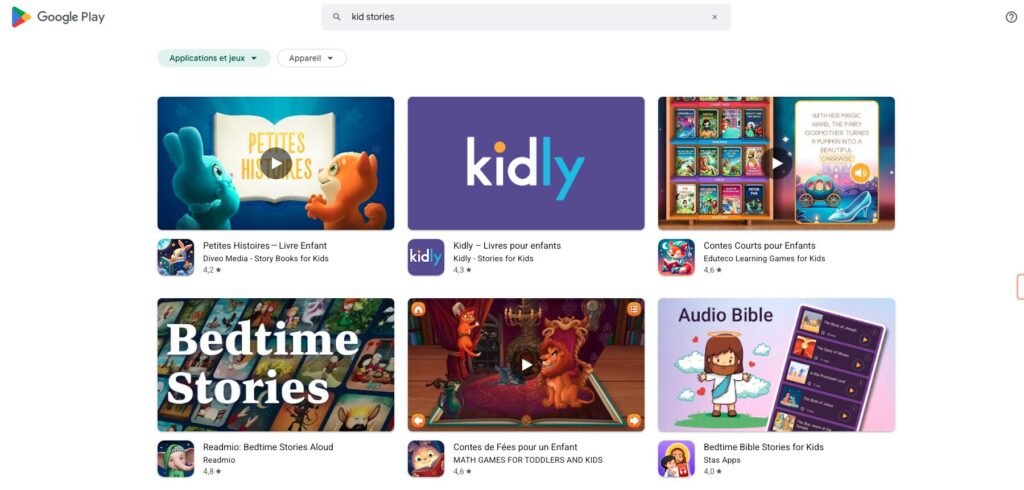Ever watched your preschooler try to fit a square peg into a round hole? That look of intense concentration, the furrowed brow… it’s not just cute, it’s the brain of a tiny scientist at work. But how do you turn those everyday puzzles into powerful moments that build a resilient, clever, and kind human? I get it. You’re navigating tantrums, endless questions, and that constant whisper of 'am I doing this right?' It’s exhausting. What you need are simple, practical ways to nurture their growing mind without adding another thing to your to-do list.
What if you could transform a chaotic afternoon into a focused, joyful learning session? Research from Harvard’s Center on the Developing Child confirms that these early problem-solving moments build the very architecture of the brain. This isn’t about flashcards or rigid lessons. It’s about play. We've curated a list of incredible problem solving games for preschoolers that feel like pure fun but are secretly building the critical thinking skills they'll need for life. This approach mirrors other developmental milestones; for example, applying consistent positive reinforcement techniques for potty training also helps build confidence and autonomy.
And for those moments when you desperately need a quiet, guilt-free break? I’ll let you in on a little secret: an interactive story can become their most powerful problem-solving tool yet. Imagine this: instead of just listening to a story, your child makes decisions that shape the adventure. That’s the magic of an app like Lunesia. These aren’t just bedtime stories—they’re engaging, value-rich journeys that teach kindness, courage, and empathy in a safe, ad-free world. While they are immersed in a meaningful quest, you get precious time for yourself, knowing they are learning valuable life skills.
1. The Classic Brain-Builder: Shape Sorter Toys
Remember that simple box with colorful shapes from your own childhood? Turns out, it's a powerhouse for developing early problem-solving skills. Every time your child picks up a star or a square, they’re not just playing—they’re on a mini-mission. Can you see the gears turning as they analyze the shape, scan the openings, and test their hypothesis? This cycle of trial, error, and that final, satisfying clunk is the very foundation of logical thinking.

This hands-on game teaches children to look at a problem from different angles, quite literally. They learn that forcing a triangle into a circular hole won't work, but rotating it just right will. It’s a low-stakes, high-reward activity that builds resilience and proves that persistence pays off—a huge win for managing those toddler frustrations!
Why This Game is a Must-Have
Beyond simple shape recognition, this toy nurtures critical cognitive abilities. It's one of the best problem-solving games for preschoolers because it simultaneously develops:
- Spatial Awareness: Understanding how objects relate to each other in space.
- Logical Reasoning: If this doesn't fit, I must try something else.
- Fine Motor Skills: Grasping, twisting, and placing the shapes.
- Persistence: Trying again and again without giving up.
Practical Tips for Parents
Ready to make this classic toy even more powerful?
- Start Simple: Is your little one getting frustrated? Begin with just one or two shapes to avoid overwhelming them. You can gradually add more as their confidence grows.
- Narrate the Process: Use rich language like, "That's a yellow star with five points. Let's find the star-shaped hole." This builds their vocabulary and makes learning concrete.
- Praise the Effort, Not Just the Win: Focus on their determination. A simple, "I love how you kept turning that piece until you found the right way!" celebrates the process and builds grit.
- Connect it to a Story: What if the little circle block needed to find its home? Frame it as a puzzle to solve: "Can you help the block on its adventure?" This taps into the same decision-making skills nurtured by interactive stories in Lunesia, where every choice helps a character solve their quest.
2. The Patient Piece-Finder: Simple Jigsaw Puzzles
Ever feel like your life is a puzzle you’re trying to piece together? A jigsaw offers your preschooler a chance to practice that very skill. Each piece is a small but crucial part of a bigger problem. For them, figuring out how a blue corner connects to a yellow straight edge is a major mental workout. It forces them to recognize patterns, analyze shapes, and visualize the final outcome—all cornerstones of effective problem-solving.

Starting with simple puzzles allows children to develop a system. Do they find all the edge pieces first? Do they group colors together? This ability to break a large task into manageable steps is a skill that will serve them well beyond the playroom floor, from cleaning their room to tackling a school project. Each correctly placed piece provides a burst of dopamine, giving them the confidence to tackle the next mini-challenge.
Why This Game is a Must-Have
Puzzles are powerful problem-solving games for preschoolers because they build a unique combination of cognitive and emotional skills. The benefits extend far beyond completing a picture:
- Visual-Spatial Reasoning: Understanding how pieces fit together to form a whole.
- Goal Setting: Working towards a clear, tangible objective.
- Concentration: Developing the ability to focus on a single task—a superpower in our distracted world.
- Patience and Perseverance: Learning that success requires effort, not instant gratification.
Practical Tips for Parents
Want to turn puzzle time into a powerful learning session?
- Start Small and Grow: Begin with chunky 4-6 piece puzzles featuring familiar objects. As they master these, gradually introduce more complex images.
- Think Out Loud: Model how a problem-solver thinks. Say things like, "This piece has a straight edge, so it must go on the border," or "I see blue on this piece, let's look for other blue parts of the picture."
- Focus on Features: Guide their eyes. Ask, "Can you find a piece with the puppy's ear?" or "Let's find all the red pieces first."
- Connect to Choices: Frame it as a story. "Oh no, the farm animals are all mixed up! How can we put them back in the right place?" This mirrors the decision-making in Lunesia’s stories, where every choice helps bring the picture together and solve the character’s problem.
3. Pattern Block Games
Have you ever watched your child meticulously arrange colorful tiles to form a picture? That’s not just play; it's the mind of a budding mathematician at work. Pattern blocks are a gateway to complex problem-solving. These geometric shapes invite children to analyze a challenge, devise a plan, and execute it piece by piece. Whether they are completing a picture on a pattern card or creating a mosaic from their imagination, they are learning to think systematically.

This hands-on exploration teaches preschoolers about spatial relationships and geometry in a tangible way. They discover that two triangles can form a rhombus, or six triangles can create a hexagon. This process of composing and decomposing shapes is a foundational concept in mathematics and engineering, all disguised as fun. It’s one of the most versatile problem-solving games for preschoolers, building resilience as they rotate, flip, and substitute pieces to make their vision a reality.
Why This Game is a Must-Have
Pattern blocks bridge the gap between artistic creativity and logical reasoning, nurturing essential skills for school readiness and beyond. They are a powerhouse for developing:
- Mathematical Concepts: Understanding symmetry, fractions, and geometric properties.
- Visual-Spatial Reasoning: Mentally manipulating shapes and visualizing how they fit together.
- Systematic Thinking: Following a sequence of steps to complete a pattern or design.
- Creativity and Innovation: Moving from copying designs to creating original artwork.
Practical Tips for Parents
Ready to transform a simple set of blocks into a dynamic learning tool?
- Start with Free Play: Before you pull out the pattern cards, let your child just explore. This unstructured time allows them to discover how the shapes relate on their own terms.
- Narrate the Geometry: Use mathematical words naturally. Say things like, "You used two trapezoids to make a hexagon!" or "That triangle has three sharp corners."
- Build Symmetrical Designs: Create one half of a butterfly wing and challenge your child to build the mirror image. This is a fantastic way to introduce a complex concept simply.
- Connect it to Story-Driven Choices: The agency a child feels arranging blocks is similar to the empowerment they get making choices in a story. Frame it as a quest: "The brave knight needs a shield! Can you design one using only triangles and squares?" This narrative spin turns a quiet activity into an exciting problem to solve, mirroring the critical thinking skills nurtured in Lunesia.
4. Building Block Sets
What really happens when your child’s magnificent tower comes crashing down? They’re not just making a mess; they're learning physics. Building block sets, whether they're classic wooden units or magnetic tiles, are fundamental tools for hands-on problem-solving. Each creation is a puzzle with infinite solutions, challenging your preschooler to think like an engineer: plan, design, test, and adapt.

When a structure tumbles, it’s not a failure—it’s powerful data. Your child learns firsthand about gravity, balance, and structural integrity. This open-ended play encourages them to ask "what if?" and discover the answers through direct experimentation. It’s one of the most effective problem-solving games for preschoolers because it transforms abstract concepts like cause and effect into tangible, memorable experiences.
Why This Game is a Must-Have
These three-dimensional toys are a gateway to STEM learning, nurturing skills that extend far beyond the playroom floor. Building with blocks simultaneously develops:
- Engineering Principles: Understanding concepts like balance, symmetry, and stability.
- Creative Problem-Solving: Figuring out how to build a bridge that won't collapse.
- Spatial Reasoning: Mentally rotating pieces and visualizing how they will fit together.
- Resilience: Learning to rebuild and improve a design after it doesn't work out as planned.
Practical Tips for Parents
Want to maximize the problem-solving power of block play?
- Create a "Collapse Zone": Provide plenty of open floor space where creations can tumble without causing damage. This makes "failure" a fun part of the process, not a frustrating meltdown.
- Narrate the Engineering: Talk about their creations using STEM vocabulary. Say, "I see you made a wide base for your tower to keep it stable," or "How can we balance this long piece on top?"
- Turn Problems into Challenges: If a tower falls, frame it as a mission. "Oh no, the tower fell! The little toy figures need a stronger castle. What can we change to make it sturdier?"
- Document and Celebrate: Take photos of their finished structures. This validates their effort and shows them they can solve complex challenges. Celebrating these small wins is a powerful way to build a preschooler's confidence and encourage them to tackle even bigger projects next time.
5. Logic and Sequence Games
What if a game could teach your child not just what to think, but how to think? That's the magic of logic and sequence games. They are specifically designed to build a foundation for systematic problem-solving, challenging preschoolers to understand cause and effect, recognize patterns, and plan several steps ahead. It’s like a workout for the executive function part of their brain!
From helping the three little pigs build their houses in a specific order to avoid the wolf, to playing a round of Sequence for Kids, your child learns that actions have consequences and that a strategic plan is the key to success. These are the skills crucial for everything from following multi-step directions at preschool to resolving conflicts with friends on the playground.
Why This Game is a Must-Have
Logic games are powerhouse problem-solving games for preschoolers because they build a framework for higher-level thinking. They are essential for developing:
- Sequential Reasoning: Understanding the order of events ("First I do this, then that happens").
- Strategic Planning: Thinking ahead and anticipating outcomes.
- Cause and Effect: Grasping that one action leads to a specific reaction.
- Cognitive Flexibility: Adapting their strategy when the first plan doesn't work.
Practical Tips for Parents
Ready to make these games a family favorite?
- Model Your Thinking: Play together and think out loud. Say, "Hmm, if I move my piece here, you might block me there. I think I'll try this move instead."
- Start with Cooperative Games: Worried about competitive tears? Choose games where everyone works together to win. This removes the pressure and focuses on the shared goal of solving the puzzle.
- Verbalize the 'Why': Gently ask, "Why did you choose that card?" This helps them articulate their thought process and reinforces their learning.
- Embrace Digital Logic: The right kind of screen time can be a huge asset here. interactive story games for mobile like those in Lunesia challenge your child to think strategically. Their choices directly impact the story, teaching them that every decision has a consequence in a fun, engaging way.
6. Matching and Memory Games
Ever wonder how your preschooler can remember the exact location of a toy they hid a week ago, yet can't seem to find their shoes? Simple card games can channel that incredible memory into a powerful problem-solving tool. Matching and memory games are fantastic for teaching children to process information, create a mental map, and execute a plan. Each turn is a small test of focus: "Where did I see that other blue bird? Was it here, or over there?" This process of recalling and locating is a foundational exercise in strategic thinking.
These games transform remembering into an active quest. Children aren't just passively recalling; they are systematically searching, eliminating possibilities, and adapting their strategy with each card flip. This develops cognitive flexibility, teaching them that when one guess is wrong, they gain new information to make a better guess next time. It’s a playful introduction to the scientific method: form a hypothesis, test it, and analyze the results.
Why This Game is a Must-Have
These seemingly simple card games pack a significant developmental punch, making them one of the best problem-solving games for preschoolers. They are designed to strengthen:
- Working Memory: The ability to hold and manipulate information for short periods.
- Concentration: Sustaining attention on a single task to achieve a goal.
- Visual Discrimination: Spotting subtle differences and similarities between images.
- Strategic Thinking: Planning moves ahead and using information from previous turns.
Practical Tips for Parents
Ready to turn a simple memory game into a brain-boosting adventure?
- Start Small: Does a full grid of cards feel overwhelming? Begin with just three or four matching pairs to build confidence and avoid frustration.
- Narrate the Strategy: Talk through the process. "You turned over a lion. Let's try to remember that the lion is in the top corner." This helps them develop internal self-talk for problem-solving.
- Focus on Cooperation: Initially, play as a team to find all the matches together. This removes the pressure of competition and focuses on the shared goal.
- Connect to a Story: Frame the game as a challenge, just like in Lunesia’s interactive adventures. "Oh no, all the animal friends are hiding! We have to make a smart choice to find their twins. Which card should we check first to solve the puzzle?" This turns a memory task into a mission, reinforcing that thoughtful choices lead to success.
7. Cause and Effect Toys
Have you ever watched a preschooler’s eyes light up when they press a button and a song plays? That moment of discovery is pure magic, and it’s the core of cause and effect toys. These interactive gadgets are designed to demonstrate a clear, immediate relationship between an action and its outcome. When a child flips a switch, pushes a lever, or pours water, they aren't just playing; they're conducting their first science experiments.
This type of play teaches a fundamental life lesson: my actions have consequences. Whether it's a pop-up toy or a simple pound-and-roll tower, the child learns to predict outcomes. They form a hypothesis ("If I push this, then that will happen"), test it, and confirm their understanding. This builds a powerful sense of agency and control over their environment, which is crucial for a confident learner.
Why This Game is a Must-Have
These toys are powerful tools for cognitive development, transforming abstract concepts into tangible experiences. They lay the groundwork for complex thinking by strengthening:
- Sequential Thinking: Understanding that events happen in a specific order.
- Predictive Skills: Learning to anticipate what will happen next based on past actions.
- Logical Reasoning: Forming "if-then" connections that are the basis of scientific thought.
- Curiosity and Exploration: Encouraging a natural desire to experiment and discover how things work.
Practical Tips for Parents
Want to maximize the learning in these engaging toys?
- Ask "What If?": Encourage predictions before your child acts. Ask, "What do you think will happen if you press the blue button instead of the red one?"
- Narrate the Connection: Verbally link the action and the result. "Wow, you flipped the switch, and the light turned on!" This reinforces the cause-and-effect relationship.
- Allow for Free Exploration: Sometimes the best thing you can do is step back. Give your child uninterrupted time to experiment at their own pace.
- Bridge to Digital Decisions: The logic learned here is the same foundation used in interactive stories. You can say, "Just like you chose which button to push, characters in Lunesia’s stories have to make choices that change what happens next!" This helps them understand how their decisions matter, a key lesson you can explore further with interactive stories that teach cause and effect.
Problem Solving Games for Preschoolers: Feature Comparison
| Toy Type | Implementation Complexity 🔄 | Resource Requirements ⚡ | Expected Outcomes 📊 | Ideal Use Cases 💡 | Key Advantages ⭐ |
|---|---|---|---|---|---|
| Shape Sorter Toys | Low – simple shapes & slots | Minimal – durable wooden/plastic | Spatial reasoning, fine motor skills, persistence | Early spatial skill development (12 mo – 4 yrs) | Self-correcting, immediate feedback, affordable |
| Simple Jigsaw Puzzles | Low to medium – piece fitting | Moderate – sturdy cardboard/wood | Visual-spatial reasoning, concentration, planning | Focus and problem-solving practice (2-5 yrs) | Progressive difficulty, boosts confidence |
| Pattern Block Games | Medium – pattern matching & math | Moderate – blocks + pattern cards | Geometric reasoning, creativity, math concepts | Math skills & creativity (3-6 yrs) | Open-ended play, supports multiple learning styles |
| Building Block Sets | Medium to high – complex builds | Higher – various materials & sets | 3D spatial, engineering thinking, creativity | STEM learning and construction play (18 mo – 6 yrs) | Scalable complexity, endless replayability |
| Logic and Sequence Games | Medium – rules and levels | Moderate – board/game materials | Logical reasoning, sequential thinking, focus | Structured problem solving (3-6 yrs) | Clear progression, independent play possible |
| Matching and Memory Games | Low – matching pairs | Low – cards or tiles | Visual memory, concentration, systematic search | Memory enhancement and social play (2.5-6 yrs) | Social interaction, adjustable difficulty |
| Cause and Effect Toys | Low to medium – interactive | Moderate – electronic or mechanical | Cause-effect reasoning, scientific thinking | Early cognitive & scientific exploration (6 mo – 5 yrs) | Immediate feedback, encourages exploration |
Your Secret Weapon for Guilt-Free 'Me Time' (That Also Builds a Brilliant Kid)
Let’s be honest. As much as you love building block towers and sorting colorful shapes, some days you just need a moment. A moment to drink your coffee while it's still hot. A moment of quiet. But the parent guilt that comes with screen time can be crushing. What if you could reclaim that precious time, knowing your child was engaged in something deeply beneficial, safe, and constructive?
This is where the power of modern tools meets the timeless art of storytelling. While physical games are fantastic for building foundational skills, there's a unique opportunity to elevate this learning into the realm of emotional intelligence. Imagine combining the logic of a puzzle with the emotional weight of a real-life decision. How do you help them navigate fears, anxieties, or even those epic meltdowns?
From Concrete Puzzles to Complex Emotions
We've seen how matching games sharpen memory and how building blocks teach consequences. Now, consider the next step: applying those skills to navigate social situations and complex feelings. How do you "teach" courage or kindness in the same way you teach colors and shapes?
You do it through practice in a safe space. A wealth of research shows that narrative-based learning is one of the most effective ways for young minds to process complex information. When a child sees a character face a dilemma—like being afraid of the dark or meeting someone different—and gets to choose how that character responds, they are running a powerful problem-solving simulation in their brain. They are building emotional resilience.
The Ultimate Win-Win for Modern Families
This is where an app like Lunesia becomes your secret weapon. It isn't just another app to keep your preschooler busy. It’s a universe of interactive stories where your child is the hero. They don't just passively listen; they actively make choices that shape the narrative. Should the little squirrel share its nuts or save them all for winter? Their decision truly matters, and each path teaches a valuable lesson in kindness, courage, or empathy.
These aren't just stories; they are dynamic problem solving games for preschoolers wrapped in magic and adventure. While your child is learning to navigate tricky social dilemmas and building the courage to try again after a setback, you get a break. Not a guilty break, but a well-deserved one, confident that their screen time is actively building the emotional resilience and critical thinking skills you care about so much.
In a completely safe, ad-free world, they embark on an adventure that develops their character. Meanwhile, you get the peace of mind to recharge. It’s the ultimate win-win: they build a foundation for a brilliant, empathetic future, and you get the calm, guilt-free 'me time' you need to be the best parent you can be.
Ready to transform screen time from a source of guilt into a powerful tool for growth? Discover how the interactive adventures at Lunesia make learning vital life skills a magical experience for your child. Explore the world of Lunesia today and give your child the gift of making choices that matter.
